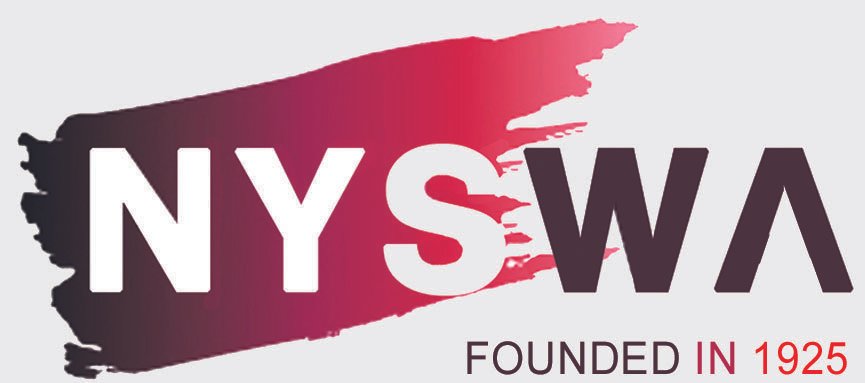< back
PARTICIPATING ARTISTS
Elizabeth Hasegawa Agresta, Ellen Alt, Barbara Arum, Janya Barlow, Fran Beallor, Michele Bonelli, Deborah Brand, Pamela Casper, Angela Errico, Diana Freedman-Shea, Lynne Friedman, Natalie Giugni, Lauren Gohara, Carol Gromer, Tamar Hirschl, Betty-Ann Hogan, Benice Horowitz, Lori Horowitz, Suejin Jo, Jerelyn Jurinek, Sarah Katz, Karen Kirshner, Sueim Koo, Sheila Kriemelman, Yumie Kusuda, Stephanie S. Lee, Jacqueline Lorieo, Valerie Patritti, Leah Poller, Siena Gillann Porta, Anna Kuchel Rabinowitz, Julia A. Rogge, Marianne Schnell, Peggy Silverstein, Anne Stanner, Lea Weinberg and Rachelle Weisberger.
NYSWA GROUP SHOW @ IONA
Female Gender Identity and Equality
Female Gender Identity and Equality is an exhibition that explores women artists’ perceptions of identity, persona, social roles, political environment, and gender expectations. Our culturally diverse and intergenerational organization, The New York Society of Women Artists (NYSWA) accesses particularly rich sources for exploring this theme. The artworks presented are the product of each artist’s experience as it relates to the subject of gender identity.
Founded in 1925, NYSWA was the first women’s avant-garde organization in the United States. Women’s artists organizations and clubs flourished during the mid-19th century as there were many women artists (trained professionals) who were able to support themselves through their artwork. In the 1880’s, more male artists began, once again, to dominate the art market.
The women who founded the New York Society of Women Artists identified with the avant-garde. Expression and experimentation replaced the safety of the status quo. Four of original members participated in the Armory Show of 1913 and some were members of the Whitney Studio Club, founded by Gertrude Vanderbilt Whitney in 1918 and later became the Whitney Museum. Original members of NYSWA won prestigious Guggenheim Fellowships and The Prix de Rome and six members worked in the Federal Arts Project (aka The WPA) side by side male artists. Nevertheless, women artists still did not have the same opportunities to exhibit as their male counterparts.
During the heyday of Abstract Expressionism, many women artists continued to create experimental work, but their work, their identities, and careers were often eclipsed by their husband’s art, ambition and emotional problems.
In an attempt to define and share their artistic vision, some women began their own collectives. Among them were Soho 20, AIR, and Ceres Gallery. Often the work reflected the social, political, and ethnic attitudes of the second wave of feminism. Some of these artists ironically used gender stereotypes in their art, some transformed what had been established as craft into high art. And some used the female body itself as subject and medium.
Today the conversation has shifted to gender fluidity as we continue to question female gender stereotypes, as this relates to perceived social norms for women, the spectrum of sexual orientation and gender characteristics strongly linked to biology. Our scope has broadened and the limitations of social expectation and female gender expression. are no longer so constrained.
Women artists still struggle to gain parity in the art world and art market. It is important to remember that as contemporary artists we owe much to the daring of our antecedents. We are part of a proud lineage. Who, what, when, where and why, is apparent in the work.

